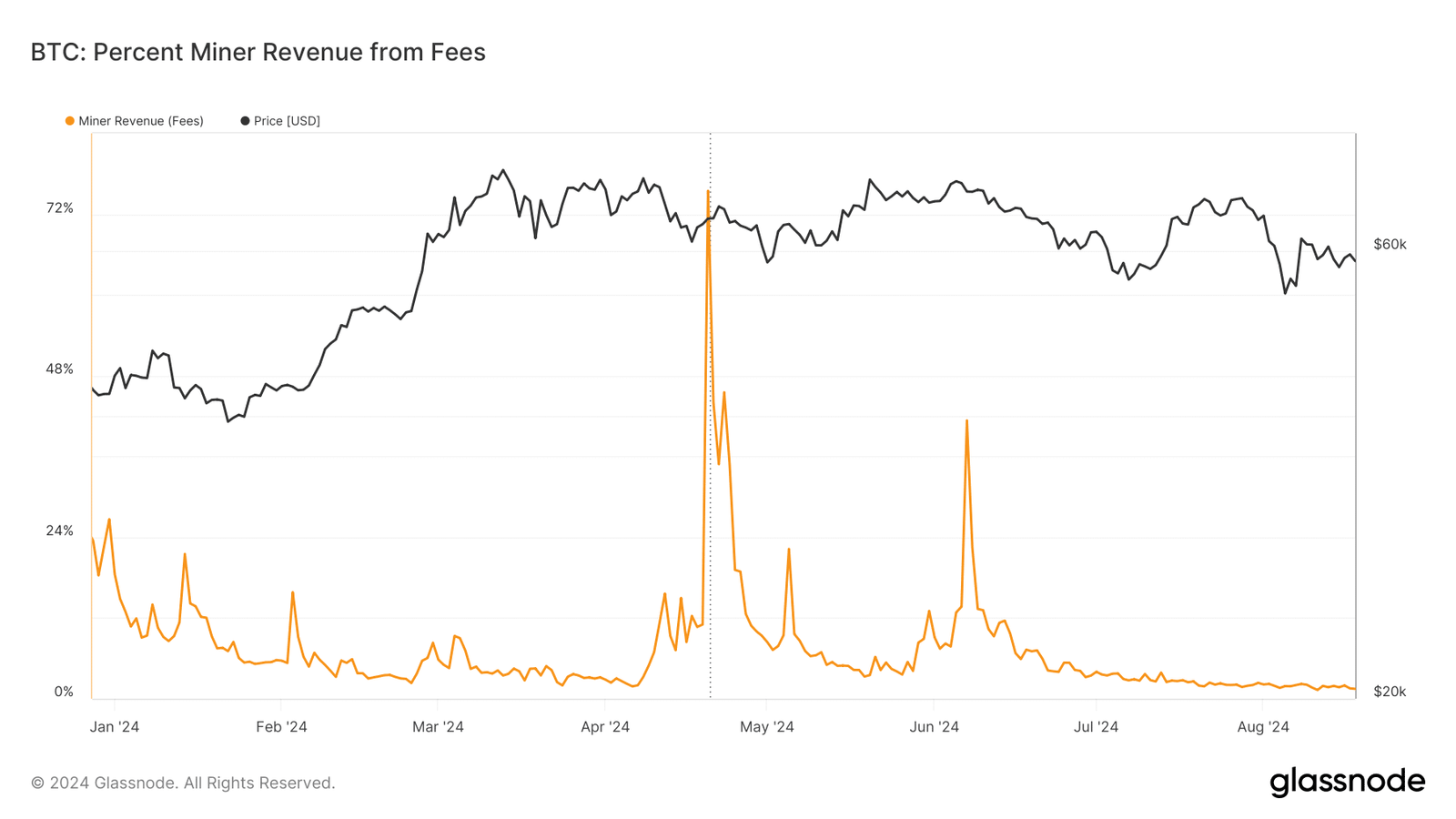- Miners are facing one of the steepest declines in revenue in years.
- Reports suggested that the energy generated could be put to better use for more revenue.
Bitcoin Miners have experienced a significant revenue decline over the past few months, with earnings hitting some of the lowest levels in years.
However, recent reports suggest that Bitcoin miners might have a promising opportunity to offset these losses by transitioning to Artificial Intelligence (AI).
Bitcoin Miners could generate additional revenue, says VanEck report
Bitcoin Miners have been facing a decline in revenue due to a variety of factors, including lower Bitcoin prices, increasing mining difficulty, and rising operational costs.
However, a recent report from VanEck suggests that miners could offset these losses by partially transitioning into the Artificial Intelligence (AI) industry.
According to the report, Bitcoin miners possess the energy infrastructure that the AI and high-performance computing (HPC) sectors desperately need.
By redirecting some of their resources to support these industries, miners could generate an additional $13.9 billion in yearly revenue by 2027.
The VanEck report highlights that this shift could be crucial for miners, many of whom are struggling with weak balance sheets. These financial challenges often stem from excessive debt, over-issuance of shares, high executive compensation, or a combination of these factors.
Diversifying into the AI sector could provide miners with a much-needed boost to their profitability and long-term sustainability.
Bitcoin miner sees revenue decline
A recent analysis of Bitcoin miner revenue on Glassnode reveals significant fluctuations throughout 2024, with notable spikes in late April/early May and June.
In late April and early May 2024, miner revenue surged by over 70%, followed by another significant spike in June 2024, reaching approximately 40%.
However, after these peaks, the chart shows a dramatic decline in miner revenue, dropping to around 0%.
This sharp decline underscores a critical challenge for Bitcoin miners: their heavy reliance on block rewards for the majority of their income.
Given that the percentage of revenue generated from transaction fees typically remains low, often below 10%, miners are predominantly dependent on block rewards to sustain their operations.
The reliance on block rewards poses a significant long-term risk because these rewards halve approximately every four years as part of Bitcoin’s programmed monetary policy.
Bitcoin price struggles below $60,000
As of this writing, Bitcoin (BTC) is trading at approximately $58,600, reflecting a modest increase of less than 1%. Over the years, there has been a strong correlation between the price of Bitcoin and the revenue generated by Bitcoin miners.
Currently, Bitcoin is facing significant challenges in reclaiming its psychological level of $60,000, which it has struggled to breach in recent weeks.
Read Bitcoin (BTC) Price Prediction 2024-25
The ongoing difficulty in surpassing this key level is compounded by bearish market sentiment.
An analysis of Bitcoin’s Relative Strength Index (RSI) indicates that it is below the neutral line, signaling that the market is still in a bearish trend.


